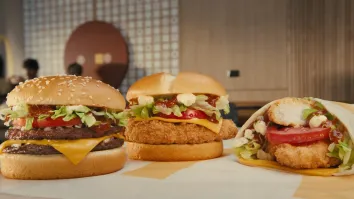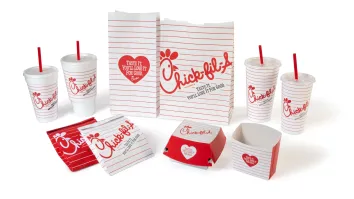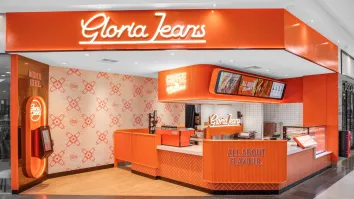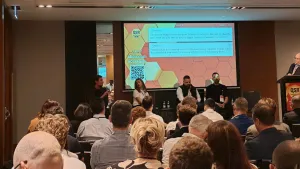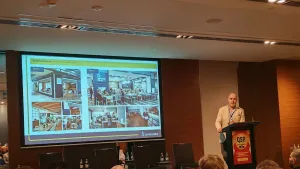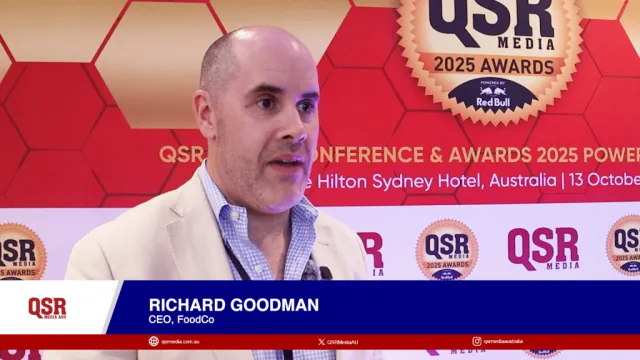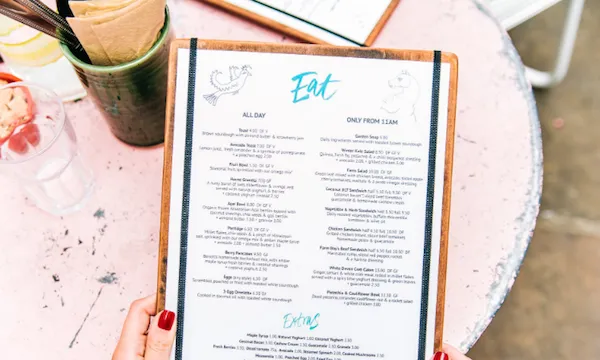
Menu, pricing changes may come into play as spending in QSRs seen to bounce back post-pandemic
Consumers’ willingness to pay dropped up to 20% within fast food and fast casual sectors during the lockdown.
QSRs quickly adapting to the “new normal” through menu and pricing changes could yield considerable advantages as consumer spending is seen to bounce back after the pandemic.
“During lockdown, with the threat or reality of reduced employment, households became more cautious about spending levels,” Simon-Kucher & Partners director Mitchell Taylor explained to QSR Media in an exclusive interview. “However, from...consumer research and analysis of previous economic recessions, it is most likely that willingness-to-pay in QSRs will bounce back quickly post-pandemic.”
Research from the consulting firm revealed that willingness-to-pay dropped by 10 to 20% within fast food and fast casual restaurant sectors during the lockdown period. This impact in spending, Taylor said, may be felt for a longer period for other and much higher expense categories such as cars, property and home furnishings.
With less consumer spending at the interim, some chains have pivoted to more-value-for-you options through promotional channels such as social media or corresponding delivery partners. Taylor, however, warned against “focusing too much” on this particular strategy.
“There exists a fine balance between improving value perception, and destroying value perception. An instinctive reaction to declining sales can be to drive promotional activity. This is not a negative action overall, though focusing too much on price reductions creates reduced value perception for your restaurant in the long term,” he explained, also discouraging price reductions on core menu items, as this “coaches customers to expect a new lower price and makes returning to normal an even tougher task.”
He cites the rebundling of menu items and offering time-specific promotions as “good examples” of how QSRs responded to changing demands whilst having “still protected” the core menu.
When improving value perception, he says, elements that are affecting value must be defined.
“During the pandemic, value to customers’ was the ability to safely access the food and services they normally use from their homes. Value here was created through improving delivery functionality and speed, upholding COVID-19 safe practices, and offering an element of entertainment and normality,” he said.
“Dining occasions changed as most people worked from home, and QSR meals generally purchased for dinner might have been deemed too expensive for an everyday lunch.”
After the pandemic, Taylor said the initial step for chains will be to drive traffic through targeted promotions, with non-promotional values also be of consideration as buying behaviours are expected to evolve, along with new competitors.
“Office openings, especially in CBDs, will likely be staggered over a long time period, so focusing promotions to office workers in the city will not be effective. Instead, look back at your promotional history and identify what promotions have worked best for which customer type,” he advised.
“Customers bored at home have spent more time cooking, and grocery retailers will focus on maintaining this trend as long as possible. Some fine-dining restaurants have moved to deliver on this trend, offering portions of their famous menu items as raw ingredients and providing cooking instructions. As we move out of the pandemic, it is important for QSRs to monitor how customer demands are changing, and be creative in their approaches to deliver value.”
Price thresholds, considerations in menu changes
Determining basic core price thresholds is also critical for QSRs to structure a menu in order to maximise customer inflow and prevent customers “down-trading” and protect tiered menu segments.
“A general example is the difference between $9.95 and $10.00. Typical retail wisdom tells us to price the item at $9.95, even though it’s only $0.05 of difference. Research strongly supports this, with some studies showing a 10%-15% drop in likelihood of purchase from that $0.05 price gap,” Taylor explained.
In terms of changing one’s menu, Taylor argues that some considerations should first be made, such as the role of each product, how they are purchased, and customer loyalty to a particular item.
“Post-pandemic, these will fluctuate...and pre-pandemic menu architectures may no longer be optimal. It is important here to understand how your customer base is changing and how this is impacting overall menu demands. Signs that menu architecture should be reviewed include increased down-selling to cheaper lines, debundling of meals, increased mix of smaller sizes, and decreased add-on/snack products in orders,” he said.
When to offer value-focused ranges, profiting through delivery
In terms of when to implement or incorporate value-focused ranges, Taylor recommends observing opportunity areas.
“For example, if we observe dinner and delivery sales to be strong, it would not be wise to offer a value menu here, which would only cannibalise core menu sales. Instead, offering a condensed value range at lunch for in-store purchases only might cover a competitive gap without offsetting other successful channels.”
This is especially important, as Simon-Kucher research highlighted that reduced contact channels will continue to operate at higher than previous levels, albeit inconsistent for all customer types.
“The channel mix experienced prior to COVID is unlikely to return. As dine-in or instore-takeaway were historically the largest channels, behaviours and preferences have shifted for the long-term,” Taylor said.
“Drive-thru, on average, was identified as the most important channel moving forward, though for customers 25 years old (and below), aggregator delivery apps and GPS tracking functionality were far more important than for other customer segments. Country and rural customers, on the other hand, care more about delivery by the restaurant. The important lesson is that one size does not fit all, and a reduced channel strategy is unlikely to be the best option.”
As delivery channels have increased through the pandemic, Taylor said that an “unfortunate side effect” for many QSRs will be the impact on profitability. Pricing, he said, can play an important role here to offset higher costs and ensure QSRs achieve margin targets across all channels.
“Often, we see a higher willingness-to-pay through delivery channels and reduced price recall. Applying a premium to the delivery menu can be successful in protecting profits whilst ensuring continued channel growth. This shouldn’t be a flat premium across all lines though. Products are not equal in importance, and whilst inflation on some might go unnoticed, others may break price expectations or thresholds,” he said.
He recommends chains to analyse sales data and conduct customer research to identify the lines with opportunity for inflation, and those where prices should be maintained.
“QSRs with their own customer databases hold a powerful tool to ensure higher returns on promotional activity. By applying customer segmentation based also on buying characteristics, we can understand which customers require significant and frequent investment (those to avoid) and those that deliver long term sustainable value. Targeting promotional offers through digital channels to these high value customers brings benefits by reducing “wasted” investment in low value customers and maximising repeat business of others,” he concluded.




